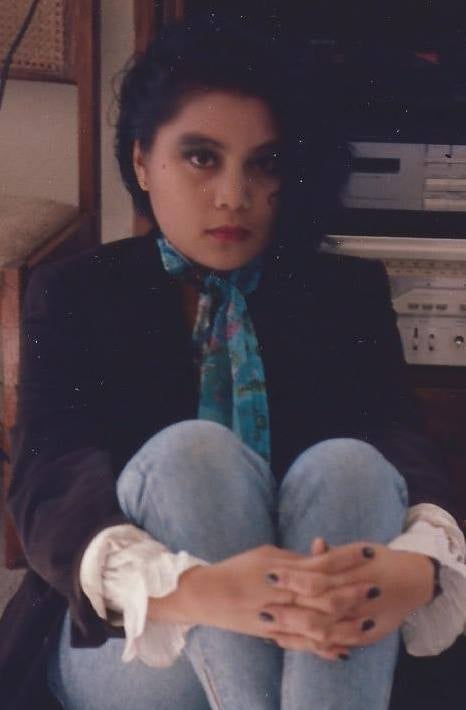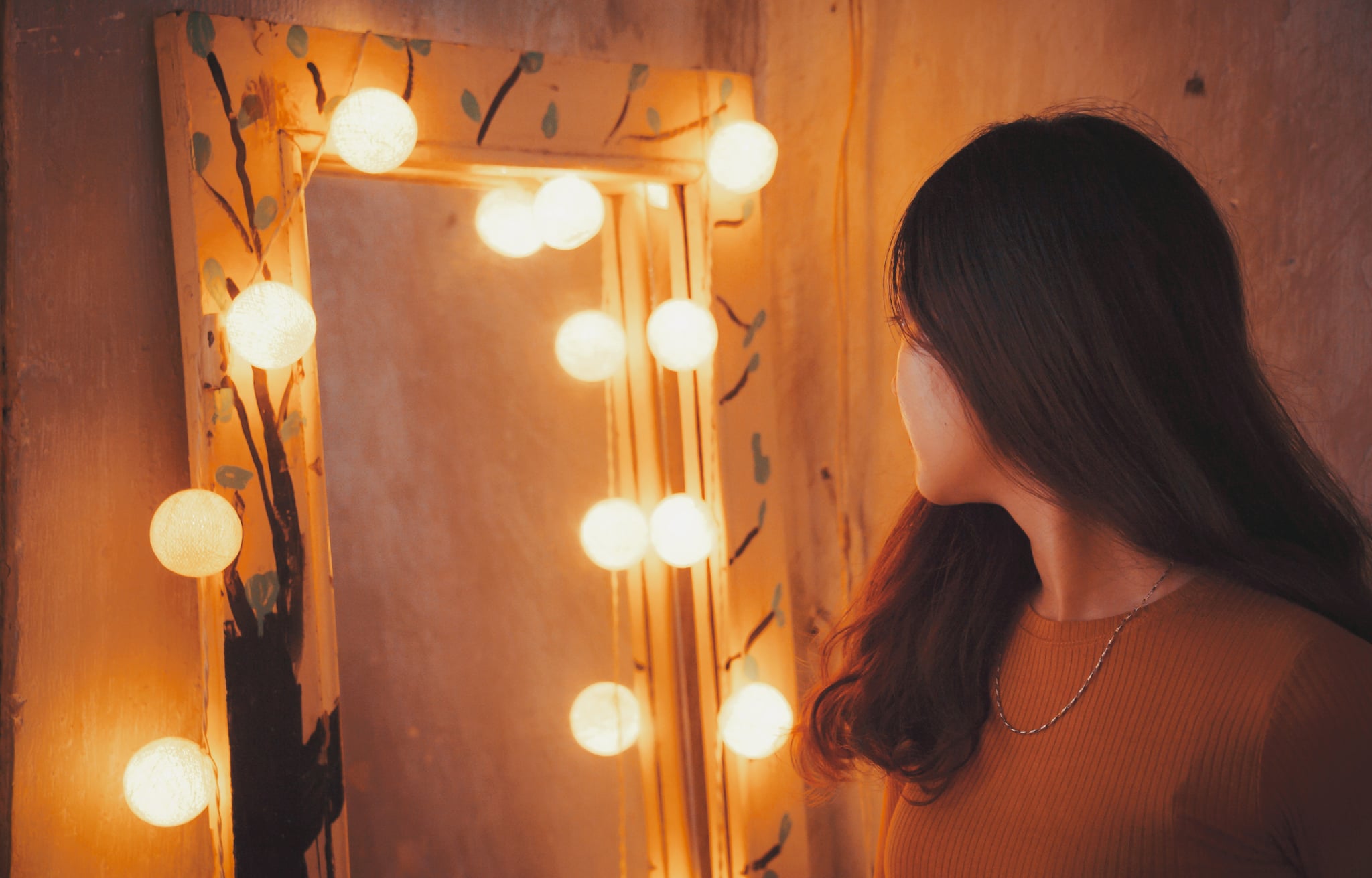Growing up as a Filipina in a small town in Washington State, I faced many of the same insecurities about my body image as my peers. Like many of them, I wanted to be like a model — thin and tall, with flawless skin.
But my biggest insecurities were less about weight or height, and more about color. I wished I had blue eyes and blond hair, not the brown eyes and hair people said were “exotic.” I wished my skin could be a few shades lighter, so I wouldn’t stand out so much from my white friends.
It wasn’t until junior high, in a bigger city in Northern California, that I was surrounded by a wide variety of Asian kids, including Japanese, Korean, Vietnamese, and Filipino classmates — many of whom were strikingly proud of their cultures. I wasn’t the only Asian kid in school anymore, and I began to feel less “different.”
But the wish for lighter skin and a more Caucasian appearance continued to haunt me. I deepened my immersion into bands like the Cure, Depeche Mode, and Echo and the Bunnymen, where the look was morose and, often, unbelievably pale, like vampires living in a cave. For Halloween one year, I dressed up as a pretty convincing Robert Smith, including using baby powder to make my skin as ghostly as possible and smudging on the thickest of eyeliner.

Photo courtesy of Aimee Suzara
In high school, my family moved to the Mojave Desert of California. Once again, I had few peers of color, and my brown skin and Filipina features deemed me an outsider. I retreated further into my oversized, thrift-store clothes and a curtain of angled hair that hung over one cheek. But no matter how much I tried to hide myself, my identity was right there, glaringly so, in my body.
I remember one moment that’s almost hilarious in retrospect, when I dragged my family to the Renaissance Faire, an outdoor festival meant to recreate the Elizabethan period of England. It wasn’t until I wandered into a section designed to look like a market selling treasures of the “Orient” — drums, incense, tapestries — that I realized how unlikely it would have been: a Filipino family in Renaissance Europe.
Why did I want to be in different skin, in a different body, so badly?
As a child of the 1980s, I was only exposed to white princesses, white Barbies, and white celebrities. I never saw anyone even remotely like me on TV or in films. The history books my schools used didn’t contain any information about Asian countries or Asian Americans.
The Philippines felt like a faraway, irrelevant place, despite the generations-deep impact of Filipinos in the United States.
Until I was an adult, I never learned about the importance of Filipinos in the United States: how Filipino and Mexican workers joined together to form the United Farm Workers Union; how the healthcare industry was so heavily fueled by Filipinos just like my mother and father. I didn’t know that Filipino presence in the United States dated back to as far as 1587 when Filipinos arrived at Morro Bay on Spanish ships, 33 years before the Pilgrims arrived at Plymouth Rock.
I also never learned about the United States putting Filipinos on human display in the 1904 World’s Fair. I didn’t learn about Spain’s colonization of the Philippines, which began in 1521 and stretched for nearly 400 years, until Spain ceded the land to the U.S. for another 48. I didn’t learn about how these colonizations played a role in the colorism in the Philippines, which resulted in lightness being associated with higher status.
Growing up into this lack of representation of myself, I was bound to want to disappear. I felt either invisible or wrongly visible.
But something changed, starting when I was 17. That was when I made my first visit to the Philippines and was surrounded by other brown people like me. I felt an overwhelming sensation of sameness and belonging, something I’d never experienced before. This sense of being lost in a crowd catalyzed a curiosity and desire about my culture and identity. It sparked a perspective change that led me to begin to feel proud of my heritage — and to feel proud of my skin color and physical features, too.
People inevitably use skin color to “other” one another. That no longer keeps me from embracing my skin and my body, but for a long time, it did. Growing up, I couldn’t yet see how my golden-brown skin could be beautiful, since I so rarely saw examples of it around me. So now, the biggest lesson I strive to communicate is the importance of varied representation.
We all need to push for and support writing, films, actors, TV shows, plays, and music by Asian and Pacific Islander people. And within these depictions, we need to support diverse and complex representation. We need to learn about what it means to be Filipino, Cambodian, Korean, Japanese, Vietnamese, Indonesian, Indian, Hmong, Chinese, Nepali, Samoan, Hawaiian, Micronesian, Chamorro, mixed-race, and more.
Representation isn’t a perfect solution to the problems of deeply ingrained racism and colorism. But it offers a mirror that young people can see themselves reflected in. If we as a society more accurately provide reflections of our children that honor and highlight their beauty, uniqueness and power, they’ll be able to love the skin they’re in. And every person deserves that chance.
